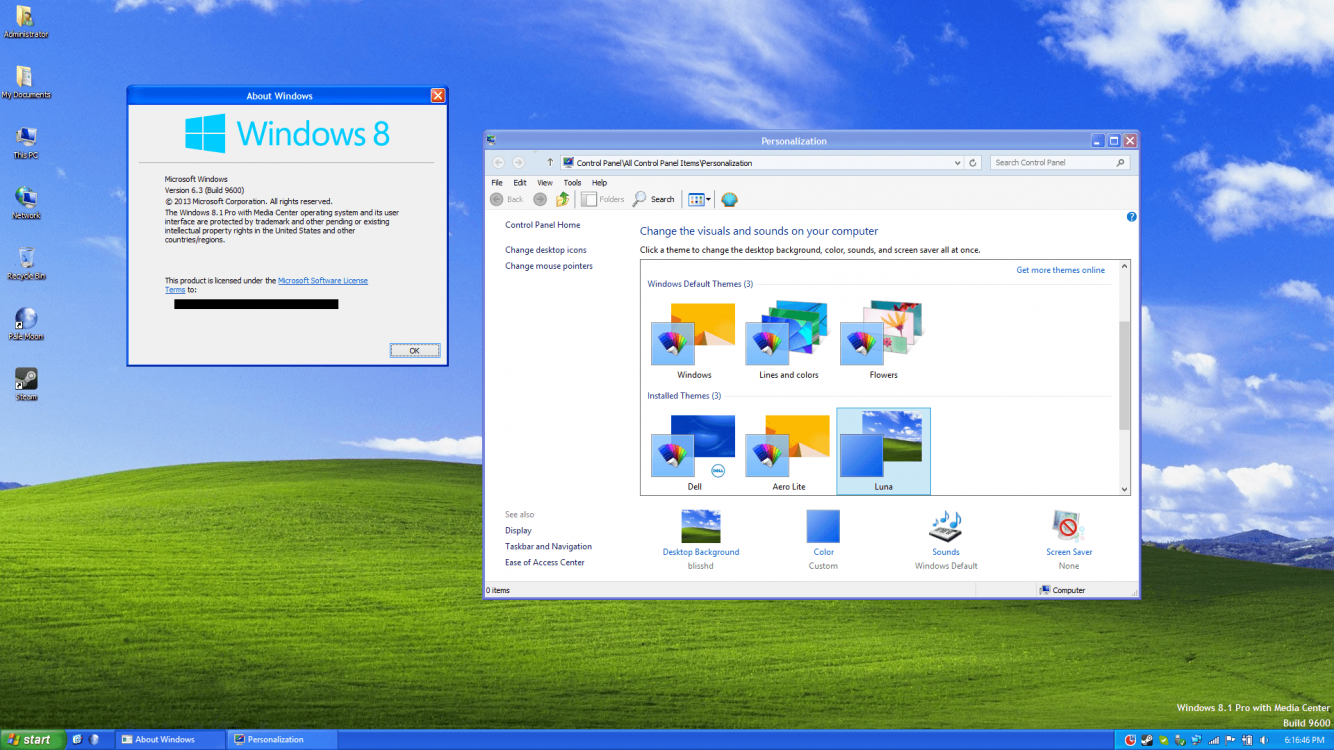

- Windows xp change motherboard install#
- Windows xp change motherboard drivers#
- Windows xp change motherboard upgrade#
- Windows xp change motherboard full#
Since you are still reading, I assume you are in one of two categories. Fixing stuff if you cannot boot at all is more challenging. Once it does boot, you will likely get all sorts of device errors, but these can usually be fixed. Note that the main issue is getting Windows to boot. Vista no longer supports repair installs.
Windows xp change motherboard install#
The other is to do a new clean install – not really a fix, more an admission of failure.
Windows xp change motherboard drivers#
This is where you reinstall Windows to the same location, and it sorts out the device drivers and other critical problems without blowing away your documents or applications. One is to perform an in-place upgrade, also known as a repair install. The above link is to a Microsoft knowledgebase article for Windows XP, and you will see that it suggests two solutions. Typically, you will get a STOP 0x0000007B if your new motherboard has a different storage controller than the old one. The key problem is the storage controller. Attempting to boot Vista caused an immediate restart, and both XP installations blue screened. Initially, none of these worked with my new motherboard. One is Window XP 圆4 (the original installation) one is Windows XP Pro 32-bit and one is Windows Vista Pro 32-bit. There are three SATA drives and three Windows installations. After all, I’ve had enough trouble installing things like Visual Studio 6 and Adobe Creative Suite 3, not to want to repeat the experience. On the other hand, I figured it would be interesting to try and so it proved.

So I backed up my files, performed the motherboard surgery, and switched on.įor sure I was not depending on being able to continue without reinstalling the operating system. I appreciate that this is now not quite leading edge, but it has been out long enough to be a reasonable price. Technology has moved on, so I purchased an Intel DP35DP board (I still have a high regard for Intel’s manufacturing quality) and a core 2 quad Q6600 processor.
Windows xp change motherboard full#
At the time I was indignant because the BIOS swallowed a full 1GB of my RAM. The old motherboard was nearly three years old – an Intel 915PBL, which I purchased in order to run 64-bit Windows XP.
Windows xp change motherboard upgrade#
Last week I decided it was time to upgrade the desktop PC on which I do much of my work. Once you click “Troubleshoot,” you’re taken to the troubleshooter.Can you change your motherboard without reinstalling your operating system? Sometimes you can, sometimes you can’t. You will come to a screen that shows whether or not your Windows is activated and the error it threw. Access this by going to settings from your Start menu and clicking on “Update & Security,” then clicking on “Activation” on the left side of the window. The easiest way to get rid of this error is through the Windows activation troubleshooter. Since each Windows license is tied to your motherboard, you can sometimes confuse it by transferring it to another one. Some licenses limit the amount of PCs you can install Windows on, making things complicated for transfers of single licenses. Usually, this is an activation issue where your operating system is trying to confirm that you’re transferring the license to a new computer as opposed to adding it to another.

In some cases, the installation doesn’t go as smoothly as described above, and Windows will throw an error at you. You’ll often find that instead of booting directly to the desktop, the OS interrupts the booting process with a screen that says “Setting Up Devices.” This is Windows gathering information about your new hardware and adjusting to the appropriate drivers.


 0 kommentar(er)
0 kommentar(er)
